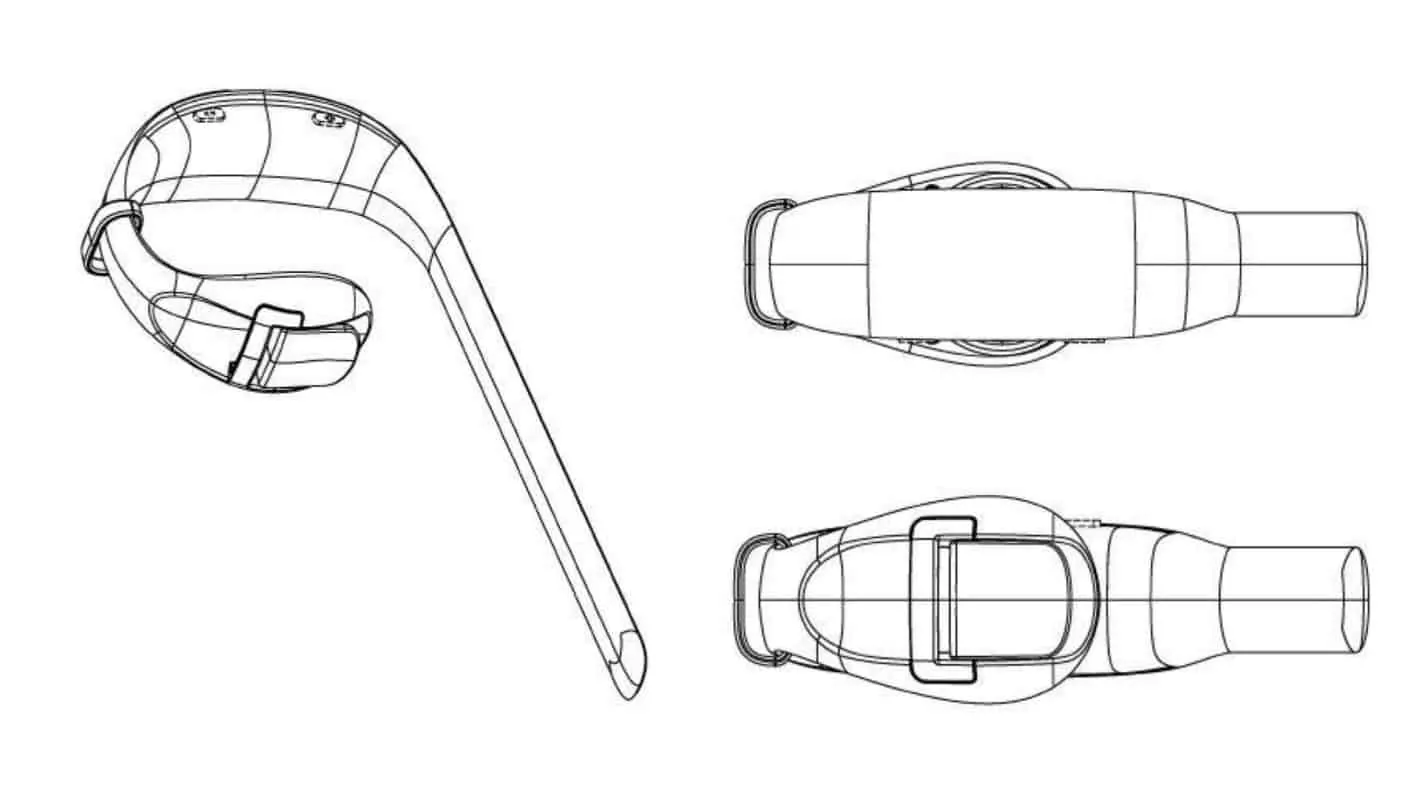In short: Neurotechnology company Reliefband appears to be working on a new generation of its Reliefband wearable intended to combat VR-induced motion sickness, according to an EUIPO design registration reviewed by AndroidHeadlines. The associated documentation doesn’t provide many details about what changes might be brought to the table with the VR accessory or whether this is intended to be a more iterative progression. However, at least on its surface, the overall system also doesn’t appear to feature many changes with the new design. It still utilizes a ‘J-band’ strap to help users easily put it on or remove it one-handed and maintains what looks like an almost identical shape to previous versions as well.
Background: Motion sickness in VR has been an ongoing problem for the technology since its inception and many solutions have been put forward to try and solve it. Primarily, the effect is caused by a disconnect between visual and aural input which triggers what Reliefband has previously described as a natural response to what the human body perceives as poisoning. More directly, the body attempts to vomit the poison away. Most efforts to alleviate the issue have centered around coordinating input between visual stimuli and the balance mechanisms of the inner ear. Some companies have approached that by making VR movement more natural through the incorporation of more sensors to align in-experience motion with real-world head movement. Others have also approached the issue through better body tracking and body-movement based controls. Simultaneously, VR displays have been improved to provide deeper immersion that serves the dual purpose of enhancing the experience itself and reducing the above-mentioned disconnect.
Reliefband attempts to solve that problem via an FDA-approved rapid, drug-free solution that utilizes minute shock pulses to block the neurological signals themselves. The strength of those pulses is user-controllable and not painful, designed only to simulate a neurological response to the underlying cause of the symptoms. That’s something the company has been working on since its first Reliefband was unveiled at CES 2016, followed by its most recent entry into the market, Reliefband 2.0, at CES 2017. The system has essentially been comprised of a small display, buttons for controlling the strength, and uses 316L surgical steel contacts and a conductive gel to enable the transmission of shocks. It’s used during or after VR experiences but also touted as a plausible solution for other causes of motion sickness, such as chemotherapy and morning sickness or as an adjunct to antiemetics in reducing postoperative nausea.
Impact: Prior to this new design, the most recent changes to Reliefband centered around reducing the wearable’s overall size and giving even more control to users by increasing the number of strength settings from five to ten. So, it wouldn’t be too surprising if the company were to make similar changes to its product with the new design, perhaps reducing its overall size and improving comfort.








